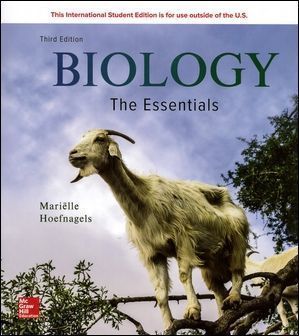書籍分類

Biology of the Invertebrates 7/e (留言詢問)
作者:Jan A. Pechenik
原價:洽詢
ISBN:9789814738613
版次:7
年份:2015
出版商:McGraw-Hill
頁數/規格:606頁/平裝雙色
版次:7
年份:2015
出版商:McGraw-Hill
頁數/規格:606頁/平裝雙色
內容介紹 本書特色 目錄 作者介紹
- Description
This textbook is the most concise and readable invertebrates book in terms of detail and pedagogy (other texts do not offer boxed readings, a second color, end of chapter questions, or pronunciation guides). All phyla of invertebrates are covered (comprehensive) with an emphasis on unifying characteristics of each group.







